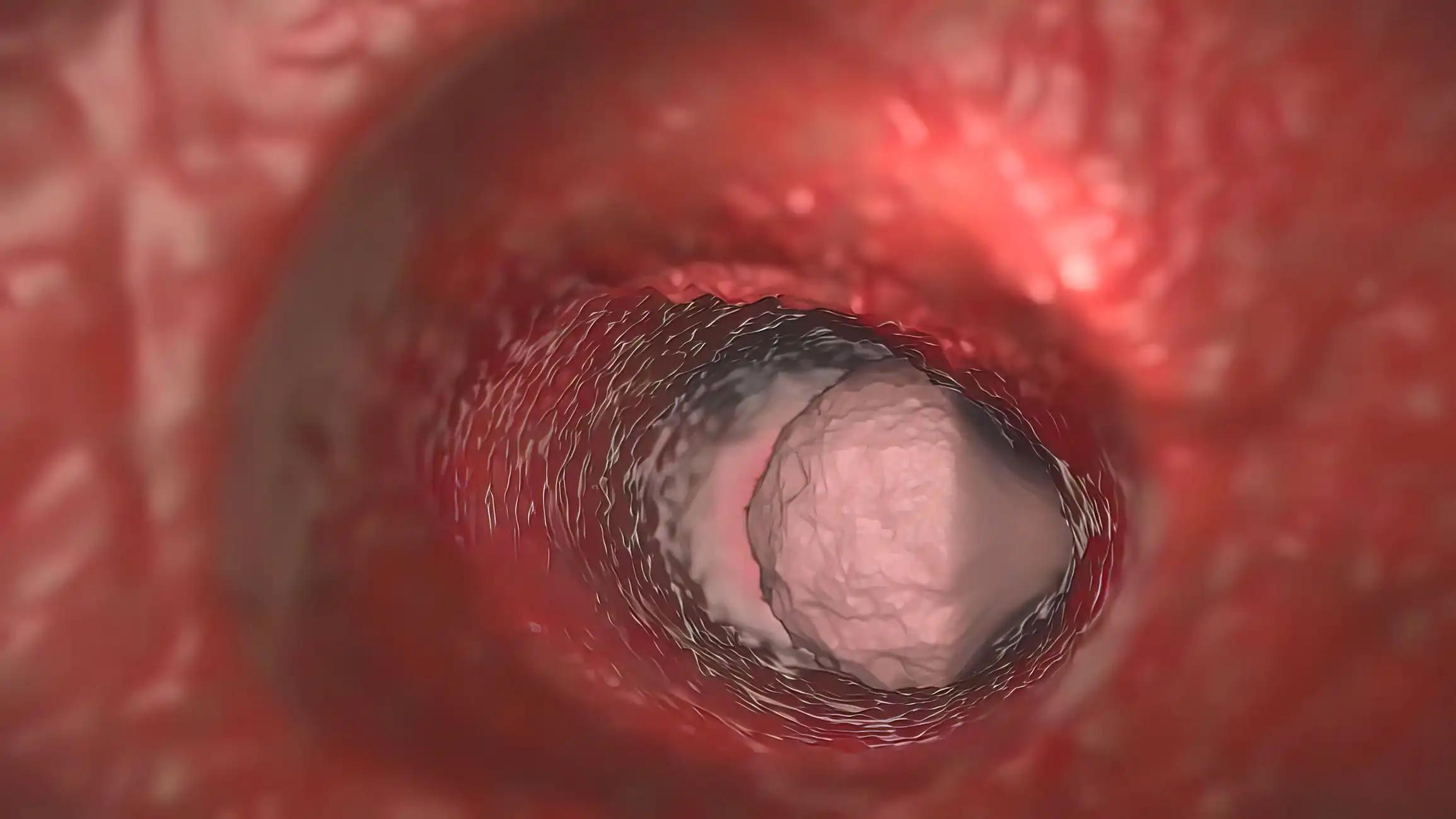KEY TAKEAWAYS
- The study aimed to investigate new technologies for diagnosing and prognosing cutaneous melanoma.
- Researchers noticed that advanced genomic and imaging tests significantly improve melanoma diagnosis and prognosis, guiding more effective clinical decisions.
Cutaneous melanoma (CM) is among the most prevalent malignancies in the United States, with its incidence on the rise. This cancer is associated with a higher mortality rate compared to other skin cancers, and early detection is crucial, as prognosis correlates directly with the depth of invasion.
Joshua Burshtein and the team aimed to assess the impact of these new technologies on improving diagnostic accuracy and prognostic evaluation in cutaneous melanoma.
They performed an inclusive analysis of English-language original research articles on non-invasive diagnostic and prognostic testing for cutaneous melanoma (CM), focusing on gene expression profiling (GEP) and electrical impedance spectroscopy (EIS). This analysis was conducted through comprehensive literature searches in PubMed, Scopus, and Google Scholar.
A panel of 10 dermatologists, each with substantial expertise in CM treatment, reviewed the selected articles and developed consensus statements. Using a modified Delphi process, these statements were approved and a strength of recommendation was assigned based on widely recognized Strength of Recommendation Taxonomy criteria.
About 200 articles met the criteria from the literature search. After screening, 19 articles were selected for further review. These articles were distributed to all panelists for evaluation before a roundtable discussion. The panel reached a unanimous decision to adopt 7 consensus statements and recommendations. Of these, 5 were assigned a strength of “A,” 1 was given a strength of “B,” and 1 was assigned a strength of “C.”
The study concluded that the 2-GEP test and EIS are valuable for the precise diagnosis of clinically indeterminate lesions, while the 23-GEP test is useful when histopathology results are inconclusive. Additionally, the 31-GEP test improves prognostic assessment beyond AJCC8 staging and enhances clinical decision-making.
No funding information was given for this source.
Source: https://pubmed.ncbi.nlm.nih.gov/39231082/
Burshtein J, Zakria D, Berman B, et al. (2024). “Advances in Technology for Melanoma Diagnosis and Prognosis: An Expert Consensus Panel.” J Drugs Dermatol. 2024;23(9):774-781. doi:10.36849/JDD.8365



